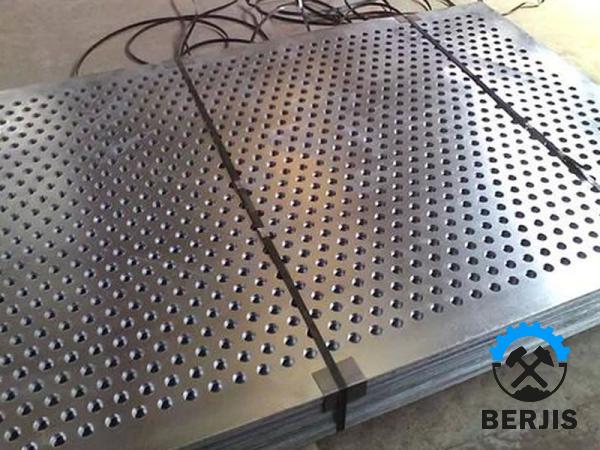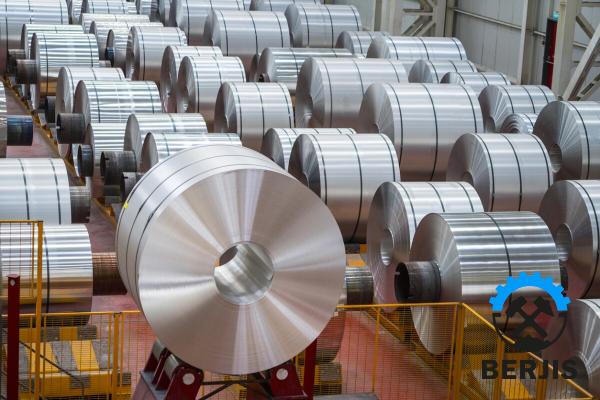Steel sheet bending is a critical process in the metal fabrication industry, offering manufacturers unparalleled precision and flexibility in shaping metal products. From simple bends to complex geometries, steel sheet bending plays a crucial role in producing a wide range of industrial and consumer goods. This article aims to explore the process of steel sheet bending, its applications, benefits, and the various techniques employed in this versatile manufacturing method. 1. Understanding Steel Sheet Bending: Steel sheet bending involves deforming a flat metal sheet into a desired shape. The process relies on the plasticity of the metal, enabling manufacturers to create bends and forms without causing structural damage. Various factors, such as sheet thickness, material properties, and bend radius, are taken into account to determine the optimal bending technique. 2. Applications of Steel Sheet Bending: Steel sheet bending finds extensive applications in numerous industries. In the automotive sector, for example, it is used to create body panels, frames, and structural components.
.
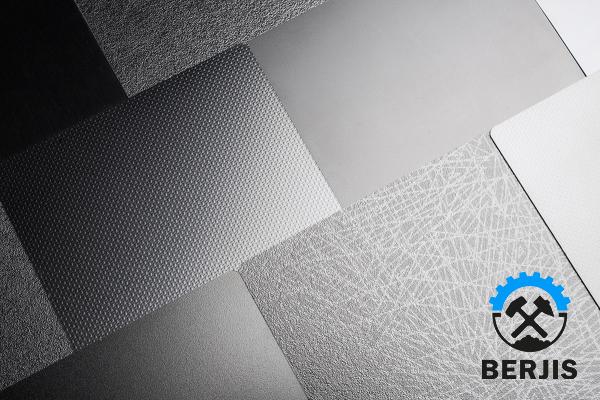 It is also widely employed in aerospace, construction, energy, and healthcare industries to fabricate products like enclosures, brackets, ductwork, and architectural elements. Thanks to its versatility, steel sheet bending proves indispensable in countless manufacturing processes. 3. Benefits of Steel Sheet Bending: a) Design Flexibility: Steel sheet bending facilitates the realization of intricate designs and complex forms, allowing manufacturers to transform basic metal sheets into three-dimensional shapes with ease. b) Cost-Effective Production: By eliminating the need for welding or joining multiple pieces, steel sheet bending streamlines the manufacturing process, decreasing overall production costs while maintaining structural integrity.
It is also widely employed in aerospace, construction, energy, and healthcare industries to fabricate products like enclosures, brackets, ductwork, and architectural elements. Thanks to its versatility, steel sheet bending proves indispensable in countless manufacturing processes. 3. Benefits of Steel Sheet Bending: a) Design Flexibility: Steel sheet bending facilitates the realization of intricate designs and complex forms, allowing manufacturers to transform basic metal sheets into three-dimensional shapes with ease. b) Cost-Effective Production: By eliminating the need for welding or joining multiple pieces, steel sheet bending streamlines the manufacturing process, decreasing overall production costs while maintaining structural integrity.
..
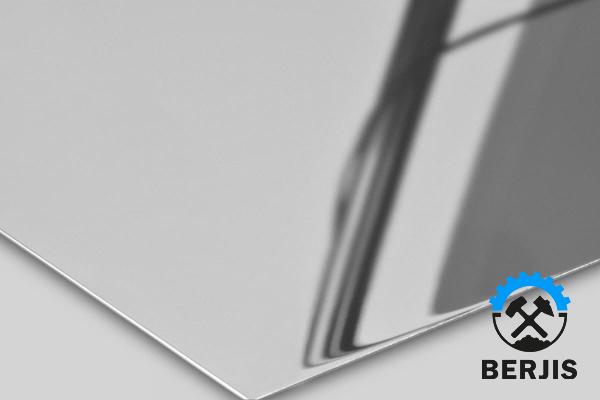 c) Enhanced Strength: Bending metal sheets increases their strength and rigidity, making them durable and suitable for demanding industrial applications. d) Time Efficiency: The use of advanced bending techniques, such as CNC (Computer Numerical Control) bending, enables accurate and rapid production, reducing lead times and increasing overall productivity. 4. Techniques in Steel Sheet Bending: a) Air Bending: The most common bending technique, air bending employs a punch and a die to exert pressure and deform the sheet without touching the die surface fully. This method is quicker and more cost-effective than other bending techniques. b) Bottom Bending: Often used for thicker sheets, bottom bending involves applying pressure from below the sheet, ensuring precise bending angles and maintaining consistent radius dimensions throughout the process.
c) Enhanced Strength: Bending metal sheets increases their strength and rigidity, making them durable and suitable for demanding industrial applications. d) Time Efficiency: The use of advanced bending techniques, such as CNC (Computer Numerical Control) bending, enables accurate and rapid production, reducing lead times and increasing overall productivity. 4. Techniques in Steel Sheet Bending: a) Air Bending: The most common bending technique, air bending employs a punch and a die to exert pressure and deform the sheet without touching the die surface fully. This method is quicker and more cost-effective than other bending techniques. b) Bottom Bending: Often used for thicker sheets, bottom bending involves applying pressure from below the sheet, ensuring precise bending angles and maintaining consistent radius dimensions throughout the process.
…
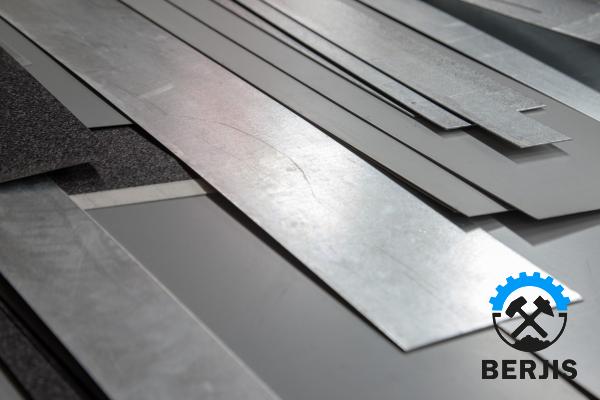 c) CNC Bending: Utilizing computer-controlled precision, CNC bending offers increased accuracy and repeatability, making it suitable for high-volume production. It eliminates human error while ensuring consistent and precise results. Conclusion: Steel sheet bending plays a pivotal role in the metal fabrication industry, offering manufacturers unparalleled precision and flexibility in shaping metal products. With the ability to produce complex geometries and enhance the strength and durability of metal sheets, steel sheet bending continues to revolutionize manufacturing processes across various industries. Incorporating advanced techniques, such as air bending, bottom bending, and CNC bending, enables manufacturers to meet diverse customer demands effectively while achieving cost-effective and time-efficient production.
c) CNC Bending: Utilizing computer-controlled precision, CNC bending offers increased accuracy and repeatability, making it suitable for high-volume production. It eliminates human error while ensuring consistent and precise results. Conclusion: Steel sheet bending plays a pivotal role in the metal fabrication industry, offering manufacturers unparalleled precision and flexibility in shaping metal products. With the ability to produce complex geometries and enhance the strength and durability of metal sheets, steel sheet bending continues to revolutionize manufacturing processes across various industries. Incorporating advanced techniques, such as air bending, bottom bending, and CNC bending, enables manufacturers to meet diverse customer demands effectively while achieving cost-effective and time-efficient production.

